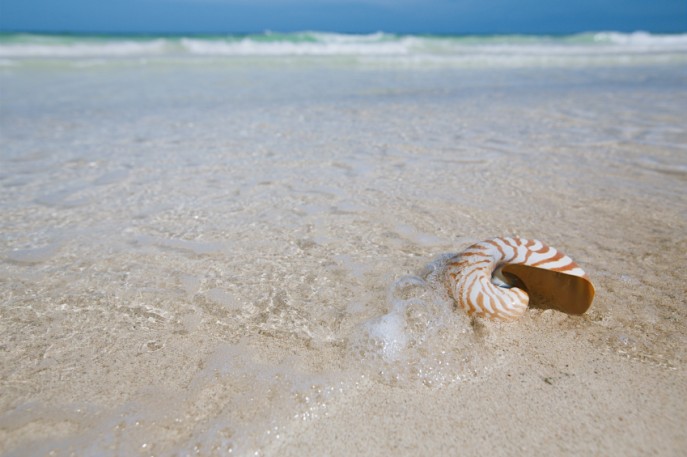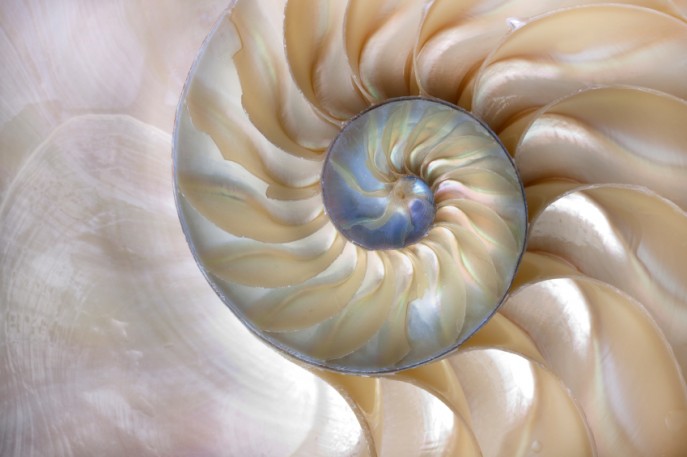There is a special kind of beauty in handmade items, particularly those that have stood the test of time. I have long been a collector of things old and venerable, and love the part I play in keeping and protecting them. Perhaps it is the rushed nature of time in our lives today that draws so many of us to collectibles such as baskets, created by people with physically harder days but longer empty hours.
The baskets I love are Nantucket Lightship baskets, crafted by the calloused hands of sailors, sea-toughened men whiling away wet and salt-sprayed hours on a ship that rolled and dipped with the pitch of the ocean beneath it. The baskets that survive are precious now, perhaps all the more so because once they were not.
When they were new, they held bread and sewing and berries gathered from the hedge beside the cottage. They were made by men who worked hard with their hands, and used by people who did the same.
Today, Lightship Baskets are a collectible treasure so valued on Nantucket Island that they have a museum dedicated to them. Located at 49 Union Street, the Nantucket Lightship Basket Museum is dedicated to the island’s rich history of basket making, as well as a nod to the history of the Lightships.
In the 19th Century, Lightships were sentinels stationed at dangerous off-shore shoals, warning others in the waters of treacherous shipwreck sites. The first lightship was stationed at Nantucket’s South Shoal on June 15th, 1854.
Whale oil supplied the warning lamps in early years, seen at most at a distance of a few miles on a clear night, far less when the weather turned grey and stormy. Nantucket Lightship crewmen were basket makers for diversion from boredom, as well as a way to earn extra income.
It was after 1900 that work on the the baskets moved off ships and onto the island. In the late 1940s, Jose Formoso Reyes, one of the foremost basket makers of his time, created the “Friendship Basket,” a cane woven basket with a lid and a carved ivory whale mounted on top. It is the model for the popular handbags sold today.
In my many years as a Nantucket Islander, I have frequently found myself unable to resist these treasured baskets. My collection was written about in a blog post that you can read at Connecticut Cottages & Gardens.
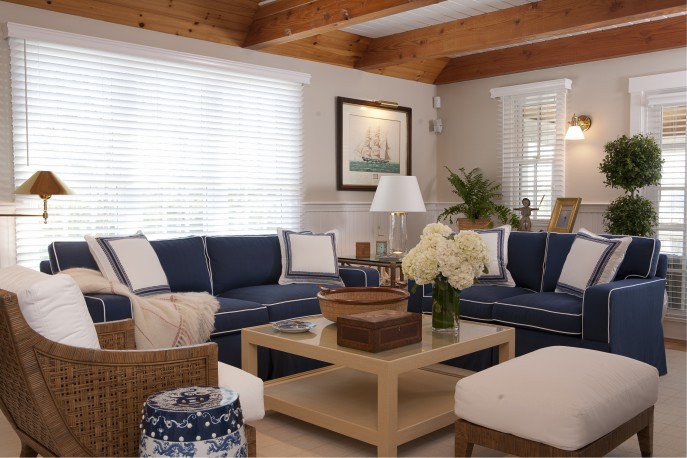 My Madaket living room; Lightship basket on table. Photo courtesy of Terry Pommett
My Madaket living room; Lightship basket on table. Photo courtesy of Terry Pommett

My kitchen in Connecticut, Lightship basket on island; photo courtesy of Durstan Saylor
Perhaps this post will inspire you to start a basket collection of your own, or to find the space to display with grace and reverence the ones you already own. We are so blessed to live in a world where such treasures can be found.
 Lightship basket collection displayed on built in shelves; photo courtesy of Terry Pommett
Lightship basket collection displayed on built in shelves; photo courtesy of Terry Pommett






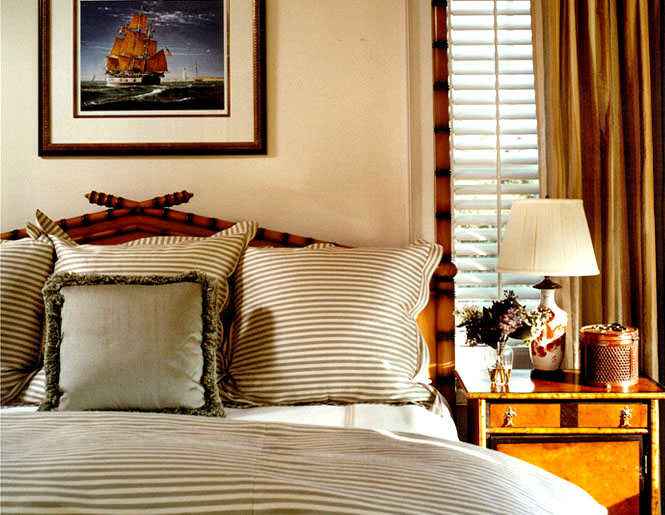


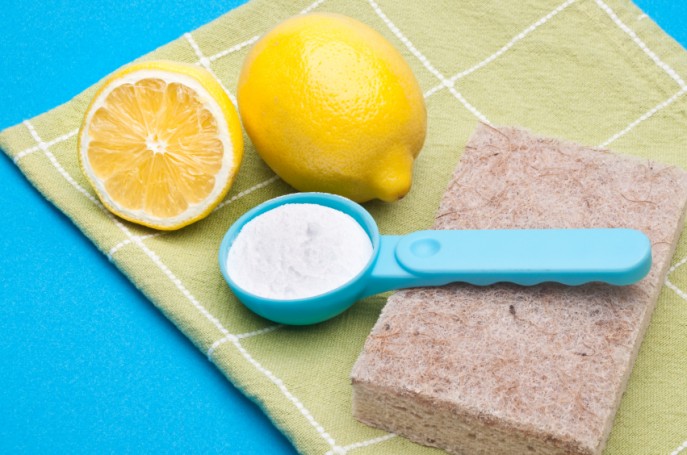

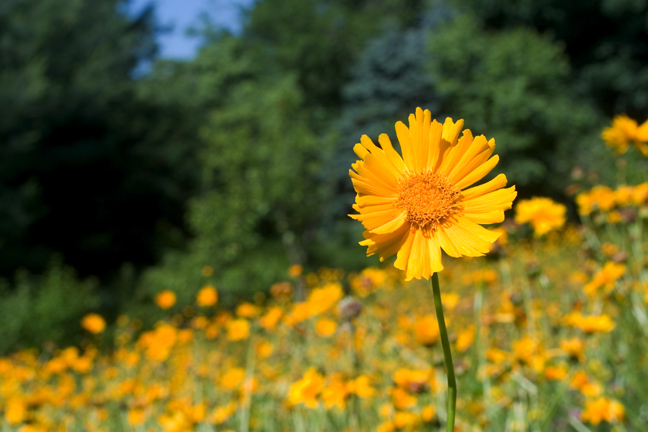
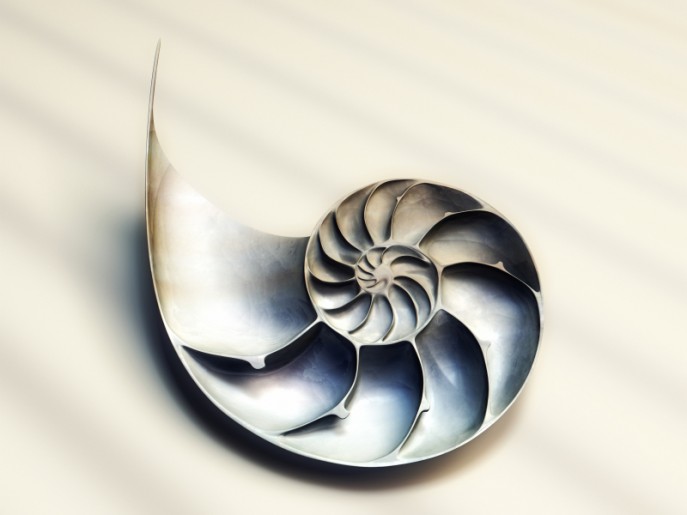 One of the most beautiful shells in the world, belonging to the nautilus stenomphalus, is facing a stunning decline in recent years. Sold as a cheaper alternative to pearls due to its lustrous shell, there are no regulatory protections in place for this vulnerable species. This softball-sized mollusk is a slow growing animal that takes fifteen years to reach sexual maturity, so a perilous situation has been created through overfishing.
One of the most beautiful shells in the world, belonging to the nautilus stenomphalus, is facing a stunning decline in recent years. Sold as a cheaper alternative to pearls due to its lustrous shell, there are no regulatory protections in place for this vulnerable species. This softball-sized mollusk is a slow growing animal that takes fifteen years to reach sexual maturity, so a perilous situation has been created through overfishing.